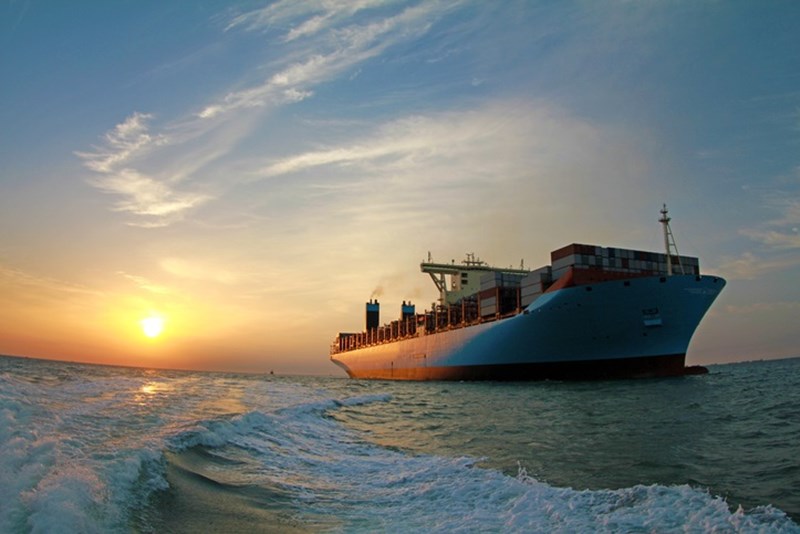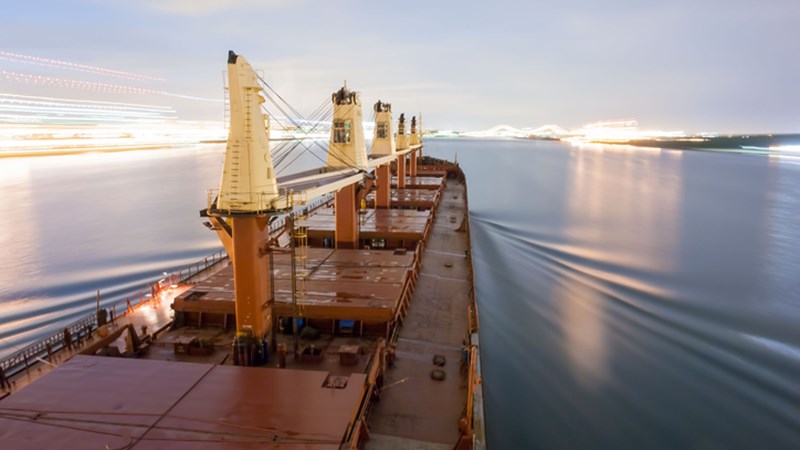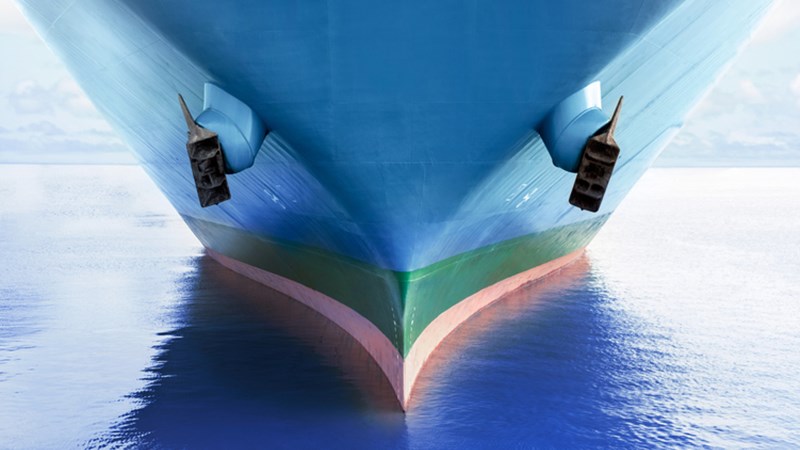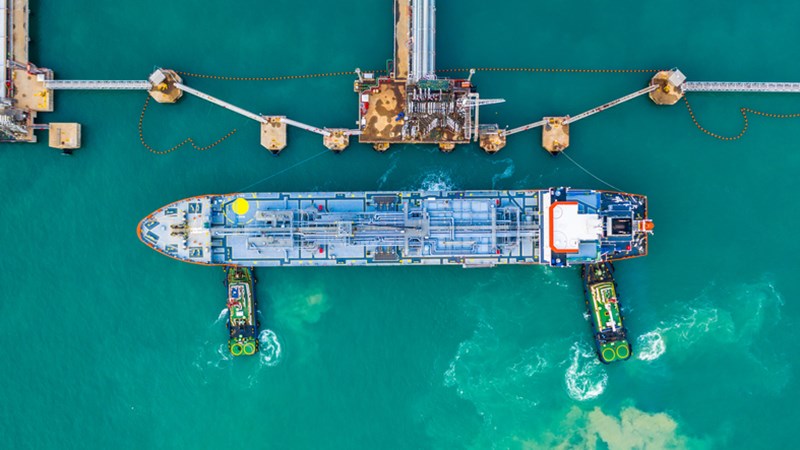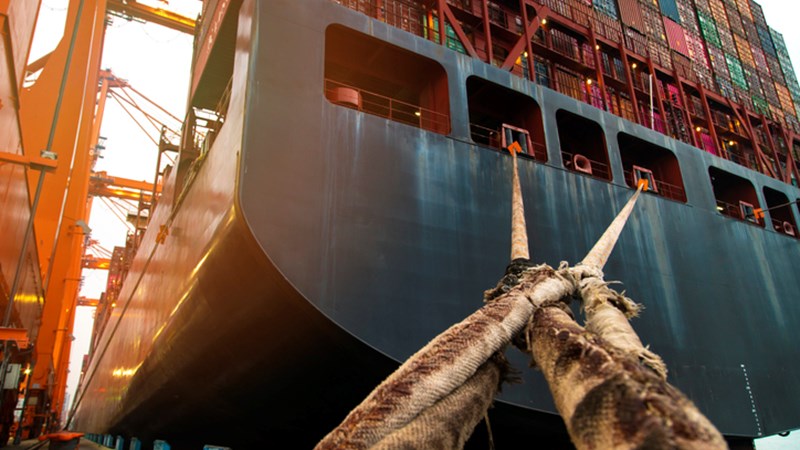Limitation for Oil Pollution: CLC + IOPC Funds or Bunkers Convention + LLMC?
March 2021
A bunker spill does not in all situations result in a global limitation of liability based on the Bunkers Convention (and the LLMC). The Court of Appeal of The Hague recently ruled that it is not the Bunkers Convention, but the CLC that applies to the bunker pollution caused by the ocean-going vessel "Bow Jubail" in the port of Rotterdam in June 2018. In its judgment, the Court of Appeal gives a test when a vessel is to be regarded as a ‘CLC-vessel’. It also gives a clear warning to "hide-and-seek players". The case is now before the Supreme Court. The IOPC Fund has requested to join these proceedings. Jolien Kruit discusses the Court of Appeal’s judgment and the IOPC’s decision to actively participate to the debate.
Background
On 23 June 2018, the seagoing tanker "Bow Jubail" collided with the LBC jetty in Rotterdam. As a result of that collision, the ship lost over 217 tons of fuel oil, "bunkers," in the Rotterdam harbour. Various parties, including the Dutch State, the Rotterdam Port Authority, port based companies, owners of ships that were in the port at the time of the spill, and volunteers have been involved in extensive clean-up operations.[1] Over 150 parties held the owner of the "Bow Jubail", NCC, liable. Some arrested the vessel in order to obtain financial security for their claims. NCC then filed a request with the District Court of Rotterdam to be allowed to limit its liability under the Bunkers Convention[2] in combination with the LLMC 1996[3]. The District Court rejected that request.[4] The shipowner then made a new attempt at the Court of Appeal. On 27 October 2020, in an extensively reasoned judgment, the Court of Appeal also rejected the shipowner’s global limitation request.[5] This decision is discussed below.
Bunkers Convention or CLC?
Where does money turn?
The shipowner’s request to globally limit its liability for the damage caused by the "Bow Jubail" on the basis of the Bunkers Convention seems to have been financially driven. The Bunkers Convention does not contain its own limitation regime. However, it does contain the provision that limitation of liability based on another regime, such as the LLMC 1996, is possible. Based on the Bunkers Convention cf. the LLMC 1996, the overall limitation of liability of the shipowner for the "Bow Jubail" bunker spill is approximately € 17 million.
The total of the injured parties’ claims amount to considerably more. A figure of € 80 million was mentioned in the press. In the limitation proceedings, the injured parties argue that the Bunkers Convention does not apply, as the vessel is a vessel in the meaning of the International Convention on Civil Liability for Oil Pollution Damage 1992 (hereinafter "CLC 1992"). Under the 1992 CLC, the shipowners’ limited liability is approximately € 22 million. The additional contribution of the IOPC Fund and Supplementary Fund should cover the total damage.[6]
Bunkers Convention not applicable to CLC pollution
At first glance, it may seem like a far-fetched defence by the injured parties to argue that the Bunkers Convention does not apply. It is an established fact that the spill was caused by the ship’s bunkers. The Bunkers Convention, however, contains the exception that it does not apply to incidents covered by the CLC[7]. The central question of the judgment is therefore: Is the bunker spill from the "Bow Jubail" a CLC pollution, which means that the Bunkers Convention is not applicable?
The Court of Appeal of The Hague answers that question in the affirmative. The CLC 1992 expressly provides that it does not only apply to oil tankers, but also to combination ships, OBO's, if these were carrying oil at the time of the incident or on the voyage prior to the incident, provided that there were residues on board. It is also an established fact that the "Bow Jubail" carried persistent oils on the voyage prior to the incident. The question is, therefore, whether she still had persistent oil residues on board at the time of the spill in Rotterdam, which would make her a “CLC-vessel”.
What is a residue?
The Court of Appeal considers that the CLC does not contain a definition of the term “residue” (neither does the Bunkers Convention) and that it first needs to decide what the term entails. According to the Court of Appeal, this is not a technical question, but a matter of interpretation. With reference to the MARPOL and the everyday language usage, it notes that a residue is "what remains after the discharge of a cargo of persistent oil transported in bulk". Contrary to the shipowner's argument, according to the Court of Appeal, this does not only concern residues left behind in cargo tanks. Residues in the washing water (the 'slops') also fall under this heading. What is necessary, however, is that there is a sufficiently substantial quantity involved. To escape the application of the CLC, the shipowner will therefore have to demonstrate that at the time of the incident (i) there were no residues on board at all or (ii) at most a negligible quantity. In the “Bow Jubail”, the shipowner fails to do so.
Valuation of the standard of proof and the evidence
With reference to, inter alia, the history of the CLC, the Court of Appeal finds that high standards should be set for the proof to be provided by the shipowner that a ship does not qualify as a CLC ship.
To support his argument that there were no residues on board the vessel at the time of the incident anymore, the shipowner relied on the report of the surveyor appointed by him/by his insurers, and on statements from the ship's crew. The Court of Appeal holds that this evidence is not sufficient in this case. What does not help the shipowner is that diverging statements were given regarding the product in one of the tanks. The Court of Appeal expressly considers that the shipowner could have provided the required evidence objectively, for example through a joint survey or through the appointment of a court surveyor[8], but failed to do so.
The Court of Appeal takes into account in its decision that the shipowner did not allow proper fact finding by the injured parties. It would, in the words of the Court, be a "wrong signal" if the shipowner gets away with it when he could have provided objective evidence, but does not do so.
Outcome Court of Appeal proceedings
The conclusion is that the Court of Appeal, following the District Court of Rotterdam, rules that the "Bow Jubail" qualifies as a combination ship (an OBO) within the meaning of the CLC 1992. The shipowner is, therefore, not entitled to invoke the Bunkers Convention and the limitation of the LLMC 1996. A subsidiary request for limitation of liability based on the CLC has not been made by the shipowner. His liability for the incident is unlimited for the time being.
The Court of Appeal also makes the general recommendation that the parties involved in the IOPC Fund develop a standard procedure to determine whether a vessel is to qualify as tanker within the meaning of the Bunkers Convention and when as a CLC-vessel.
Proceedings before the Supreme Court – the position of the IOPC fund
The shipowner has meanwhile brought an appeal to the Supreme Court. In these proceedings, the noteworthy development has taken place that the IOPC Fund has requested the Supreme Court’s permission to join the cassation proceedings.
By letter of 25 November 2020, the IOPC fund’s director indicated that the IOPC Funds have a financial interest in this case, as if a final judgment were to decide that the 1992 Civil Liability and Fund Conventions apply. For that reason, the director considers that the 1992 Fund should apply to join the shipowner in the appeal proceedings in the Supreme Court, in order to request a clarification on how the legal test applies as to whether there were residues or not on board the “Bow Jubail”. In its December 2020 session, the Fund’s Executive Committee agreed that a request would be made to join the cassation proceedings on the side of the shipowner.[9] In the meantime, the request was made indeed.
From a financial point of view, it is understandable that the IOPC Fund would prefer to have the test on whether a vessel is to be regarded as a CLC-vessel as narrow as possible. A more extensive test may have the result that it would have to pay in this matter as well as in future cases. However, from a procedural point of view, the question is whether joining cassation proceedings between two private parties on the side of the shipowner is the best option to obtain this result and is compatible with the IOPC Fund’s role and neutral position.
Way forward
For the time being, the Dutch Supreme Court’s decision needs to be awaited, both on whether the IOPC Fund is allowed to join the proceedings and subsequently on whether the Court of Appeal’s judgment will be upheld.
It will most likely take at least another year until the Supreme Court will have rendered its final judgment on the applicable limitation regime and that further clarity can be expected on the test to be applied to ascertain when a vessel is considered to be a CLC-vessel rather than a Bunkers Convention vessel.
This tekst is also published in European Transport Law (ETL). You can download the PDF hereunder.
A more extensive written discussion of the Court of Appeal’s judgment in the Dutch language will be published in Tijdschrift Vervoer en Recht.
* * *
[1] https://www.portofrotterdam.com/nl/havenkrant/havenkrant-39/olie-opruimen; https://www.nieuwsbladtransport.nl/scheepvaart/2018/07/05/opruimen-stookolie-uit-bow-jubail-kost-nog-maanden/?gdpr=accept.
[2] International Convention on Civil Liability for Bunker Oil Pollution Damage, 2001.
[3] 1996 Protocol to amend the Convention on Limitation of Liability for Maritime Claims of 19 November 1976.
[4] District Court of Rotterdam 9 November 2018, ECLI:NL:RBROT:2018:9174.
[5] Court of Appeal of The Hague 27 October 2020, ECLI:NL:GHDHA:2020:2055.
[6] See also https://iopcfunds.org/incidents/incident-map#7285-23-June-2018.
[7] Art. 4(1) Bunkers Convention: “This Convention shall not apply to pollution damage as defined in the Civil Liability Convention, whether or not compensation is payable in respect of it under that Convention.”
[8] On the appointment of a maritime court surveyor, see also the blog https://www.vantraa.nl/en/know-how/dutch-court-surveyor-in-maritime-matters-another-fact-finding-tool/
[9] https://iopcfunds.org/incidents/incident-map#7285-23-June-2018 (checked on 22 February 2021)
